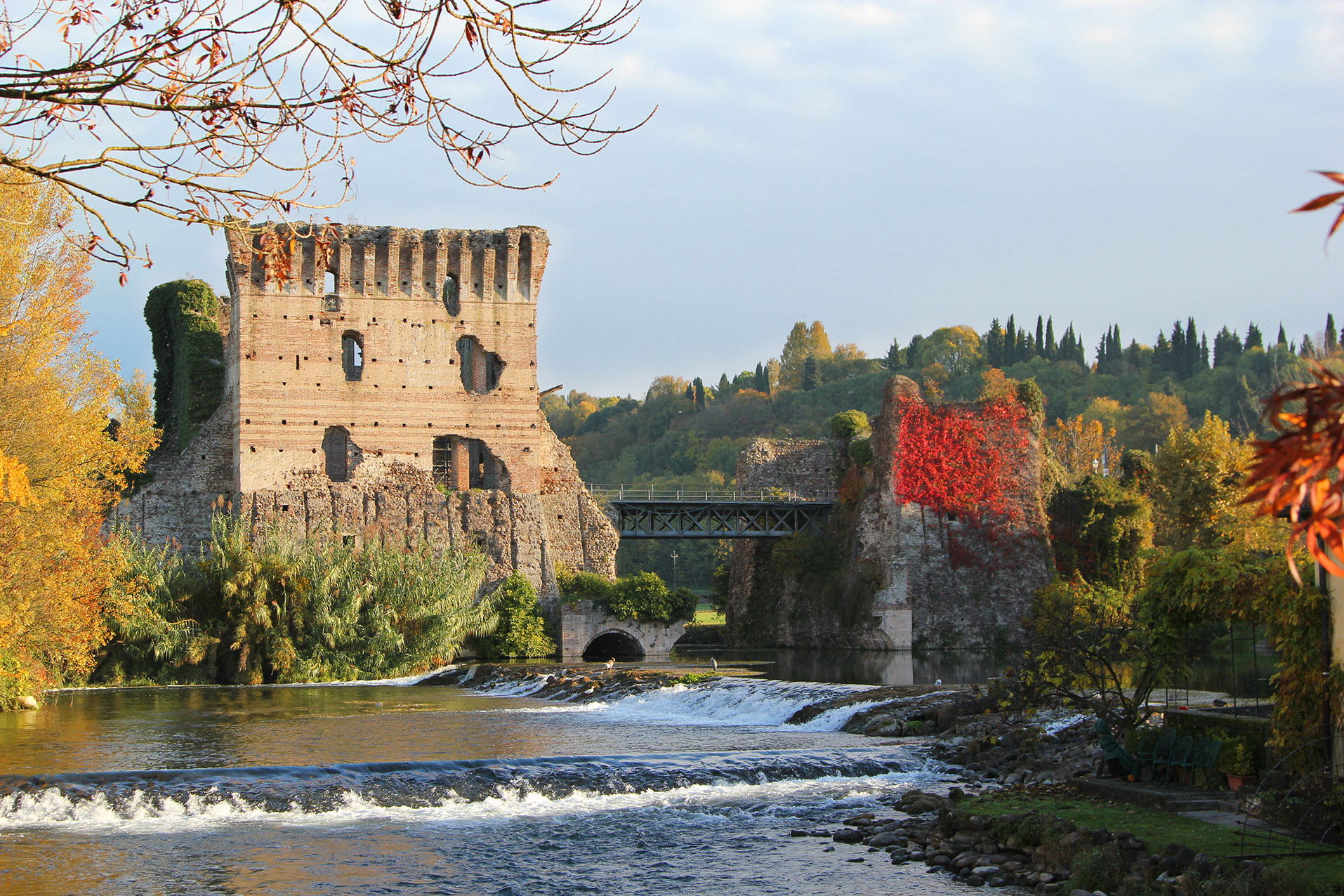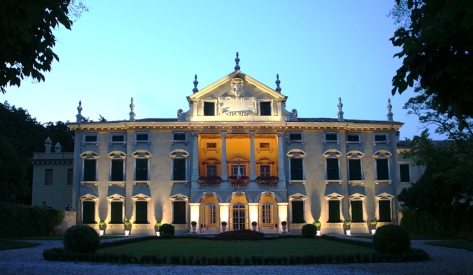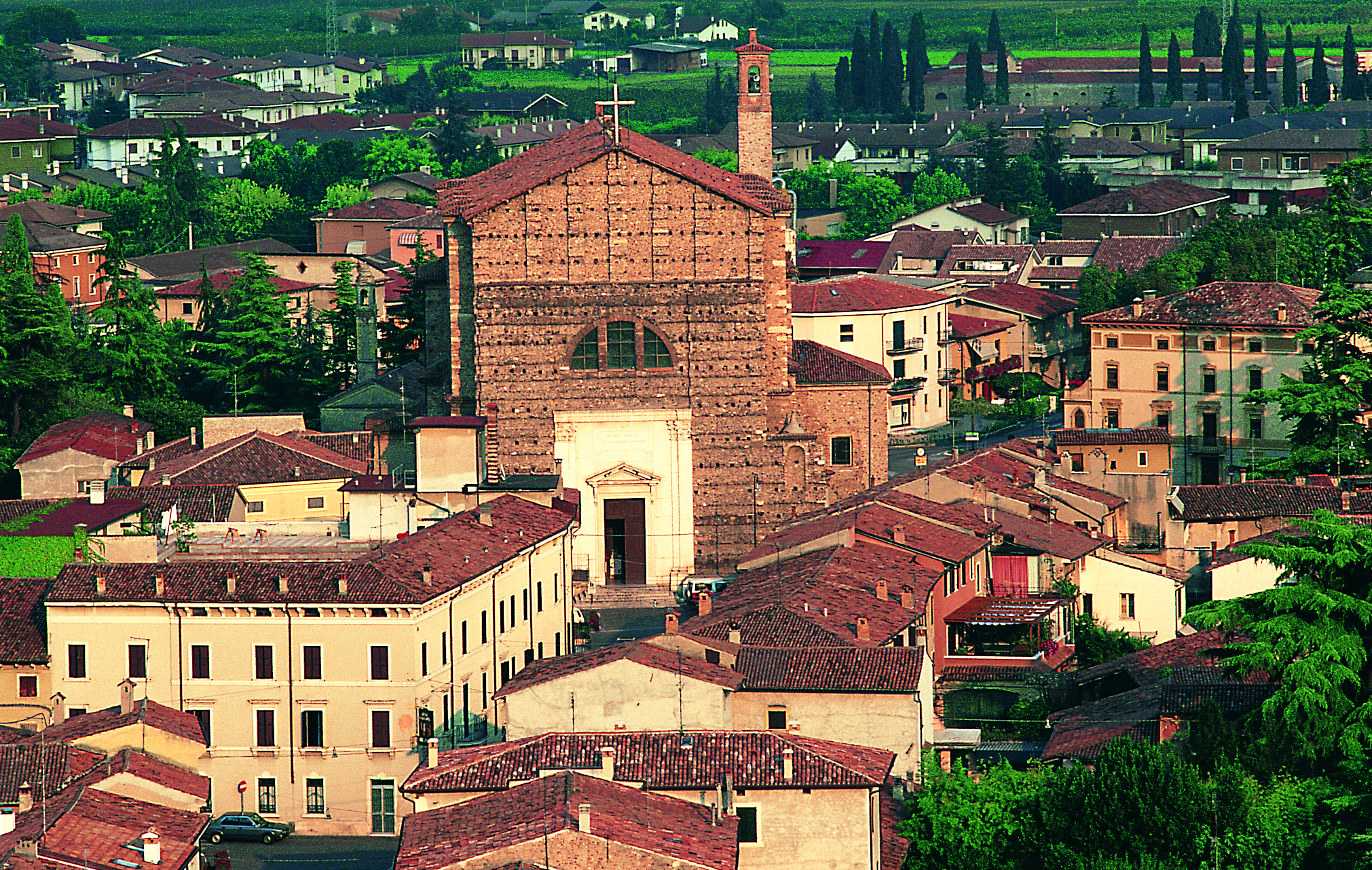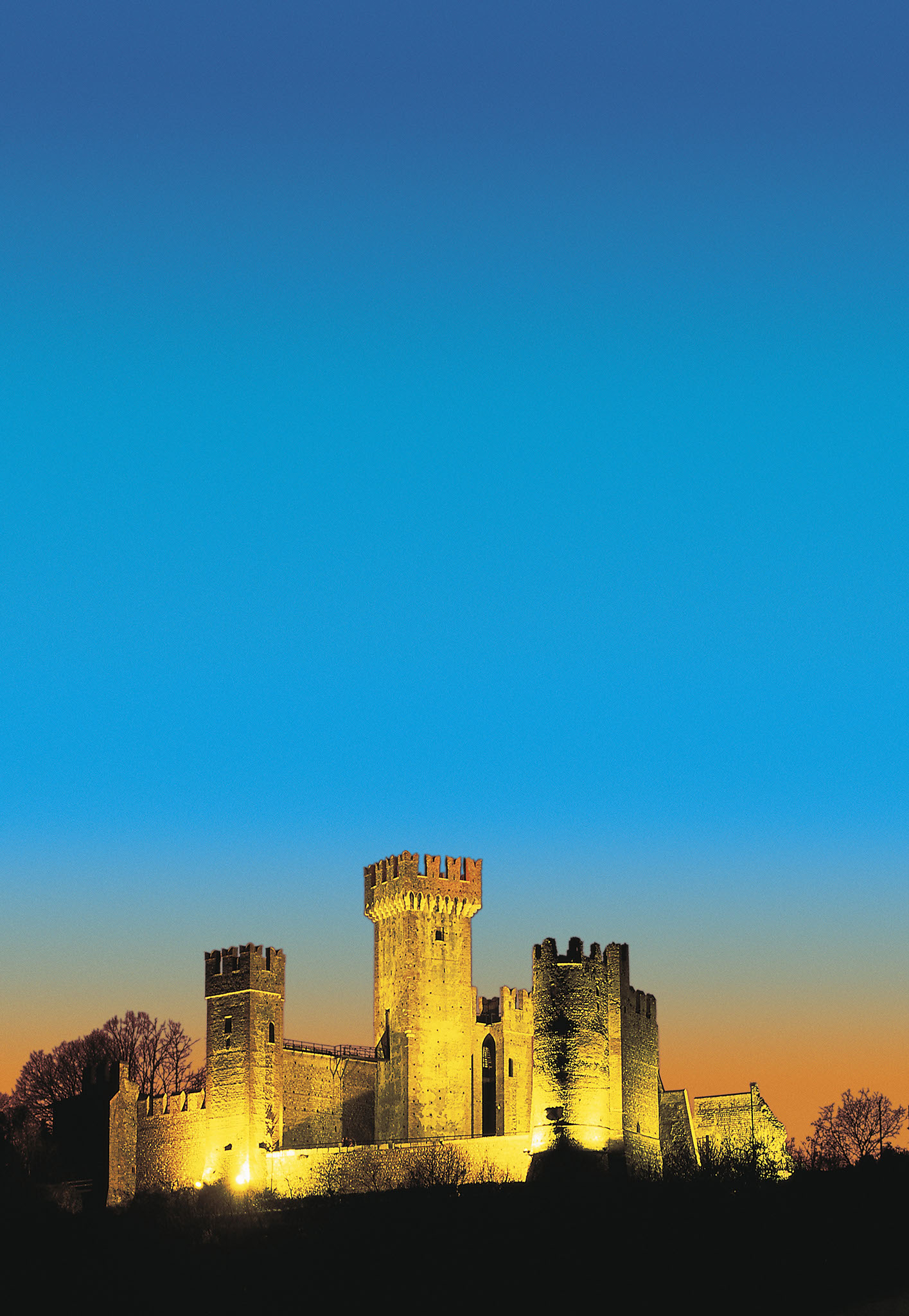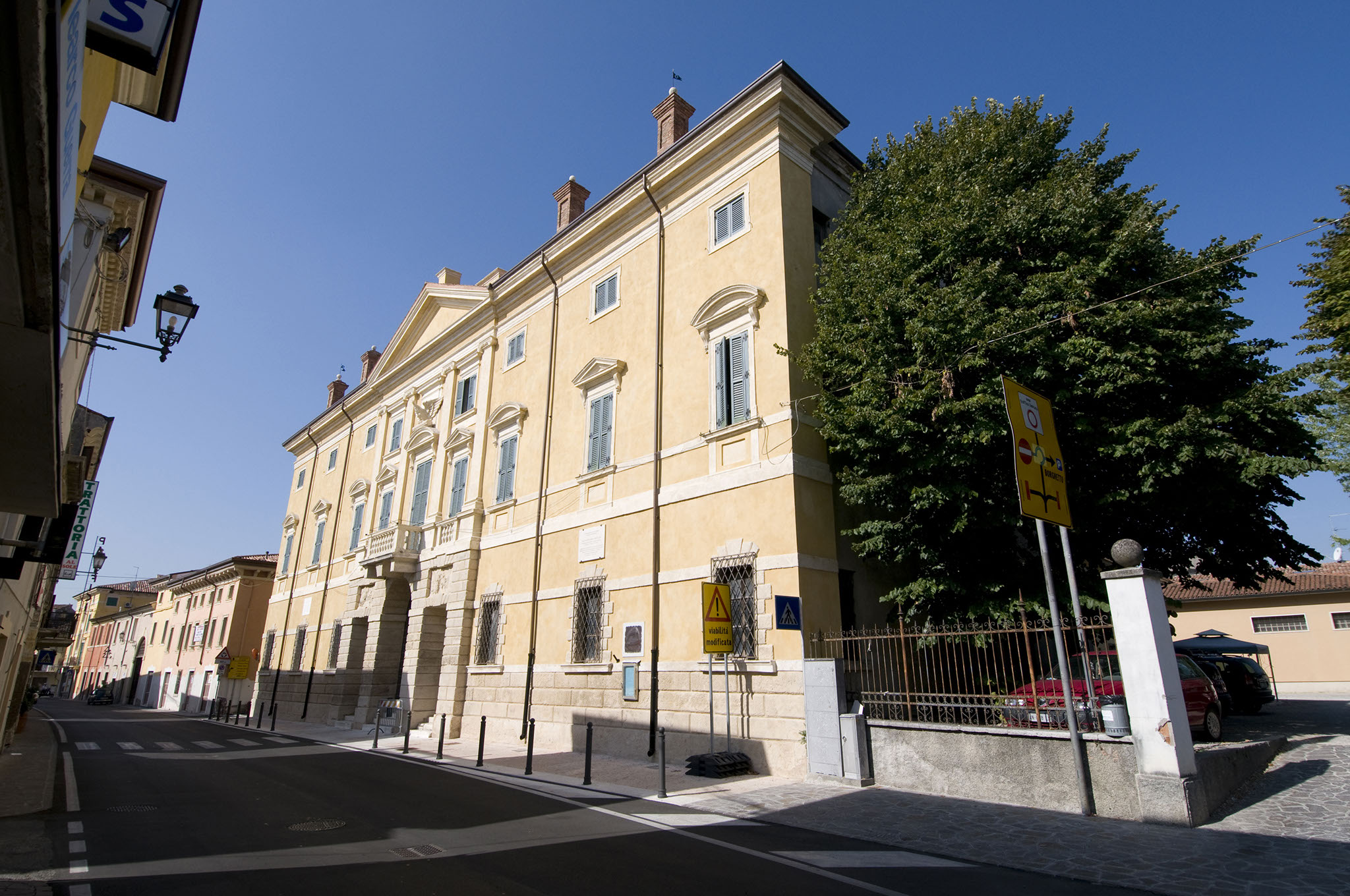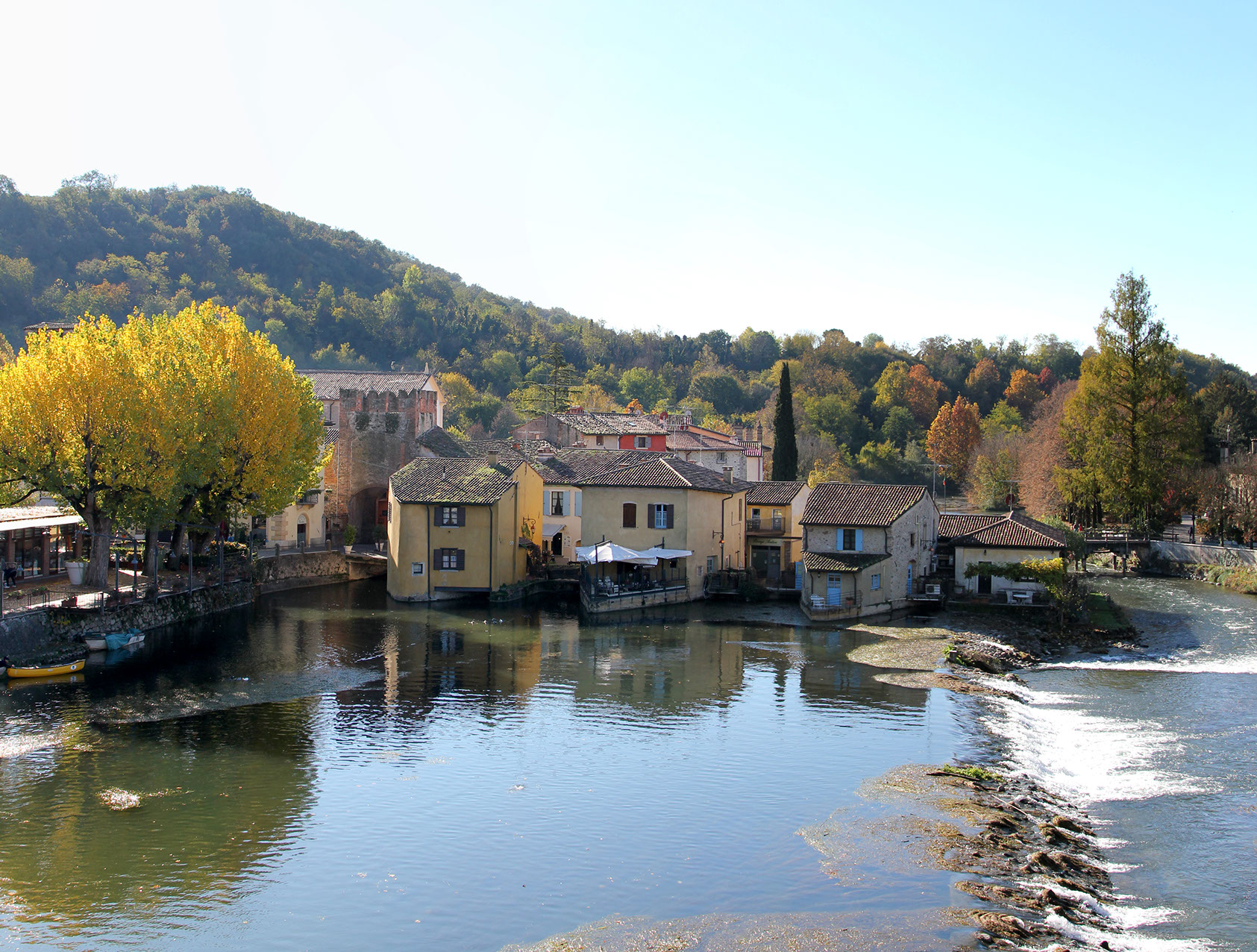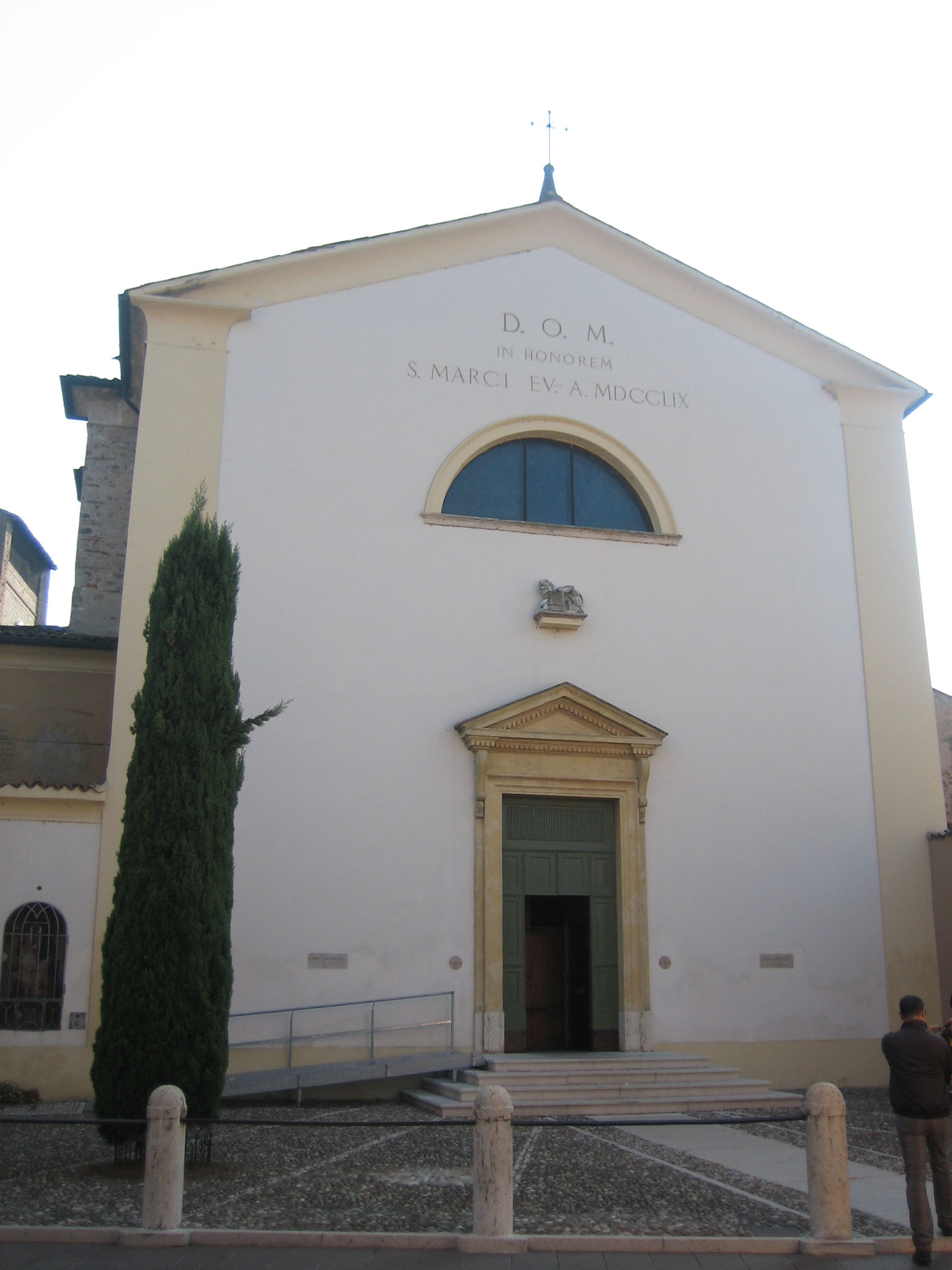Places of Interest
Palazzo MunicipaleSituated in the main square, this magnificent building dates back to the second half of the 18th century. The facade is characterised by a high entrance portal, set with columns supporting the balcony. Above this, in neoclassical style, the gable houses the clock. During the French rule (1805-1815) the building underwent substantial changes: the ground floor was left to individuals and converted into houses and shops: it was here that the first coffee shop in the town opened.Parco Giardino SigurtàParco Giardino Sigurtà is a spectacular oasis of green covering an area of 600,000 sq.m and situated just a few kilometres from Lake Garda. Originally constructed in 1407, the park was used by Napoleon III as his headquarters in 1859. In 2013 the Park won the award of 'Italy's Most Beautiful Park' and in 2015 was awarded by the European Garden Award 2015 as the 'Second Most Beautiful Park in Europe'.Ponte VisconteoBuilt in 1393 by Gian Galeazzo Visconti to a design by Domenico da Firenze, perhaps to divert the Mincio and conquer Mantua. It’s approximately 650 meters long and 25 metres wide. Completed in 1395 it was connected to the Scaligero Castle by two battlemented curtains and integrated into the fortified complex of the "Serraglio", which extended for about 16 Km. The central arch seems to have been destroyed by the French during the war of succession to the Spanish throne. The iron bridge was inaugurated on October 28, 1930.
Villa SigurtàThe luxurious summer residence of the Counts of Maffei, seignory of Valeggio and Monzambano since 1649, was designed and built by the architect Vincenzo Pellesina (1637-1700) who was inspired by Palladio’s great works. His style marked the transition from Baroque to Neoclassical. On the façade, above the loggia, a plaque commemorates the old investiture of the Maffei family.Chiesa di San Pietro in CattedraNeoclassic in style, it was built in 1753 on the ruins of a previous church of the16th century, but there are documents that testify the existence of an earlier Roman parish in 1145. While the facade is unfinished, inside a large neoclassic nave leads the eye to a huge painting. On the left side there is a magnificent pipe organ (1812) by G.B.Sona, belonging to the Gardesan-Venetian school, completely restored and working perfectly. The church was finally consecrated to Saint Peter’s Chair in 1808.Castello ScaligeroFrom the top of the hill, it overlooks the Mincio valley and Valeggio, maintaining the majestic effect of the medieval fortifications. The oldest part was almost completely destroyed by an earthquake in 1117 and only a horseshoe-shaped construction remains, called “Round Tower”, of the 10th century. The rest of the castle dates back to the 14th century: it was equipped with three drawbridges of which only one has been preserved. In summer, the inner courtyard becomes a stage for the events of the Summer Festival.
Palazzo GuarientiDesigned in neoclassical style, more severe than elegant. On the façade, a plaque remembers the evening of 30th May 1796, during the campaign of Italy, when Napoleon Bonaparte, who was staying in the palace, risked being captured by the Austrians, who had entered the town. On the right side, another plaque was dedicated to don Giovanni Beltrame, a missionary, an academic and an explorer on the centenary of this death (1906). Today it is home to the public library.BorghettoOnce a strategic point to cross the river Mincio, the charm of this small village rises out from the harmonious relationship between nature and history. The medieval atmosphere is underlined by the fortress of the Visconteo Bridge, the bell tower of the church and the wheels of the old mills, once used for the milling of wheat and cereals. It is one of the most visited villages among those that have achieved the classification of one of 'The Most Beautiful Villages in Italy'.Chiesa di San Marco EvangelistaBuilt in 1759, it was built on the remains of a Roman parish church of the 11th century, dedicated to Saint Maria. The remarkable historic bell was donated by Gian Maria Visconti in 1381. In the vicinity of the little San Marco Bridge, in front of the church, a statue of Saint Giovanni Nepumoceno is cast in the walls of an old house. The tradition suggests that this statue protects those who fall into the river from drowning.

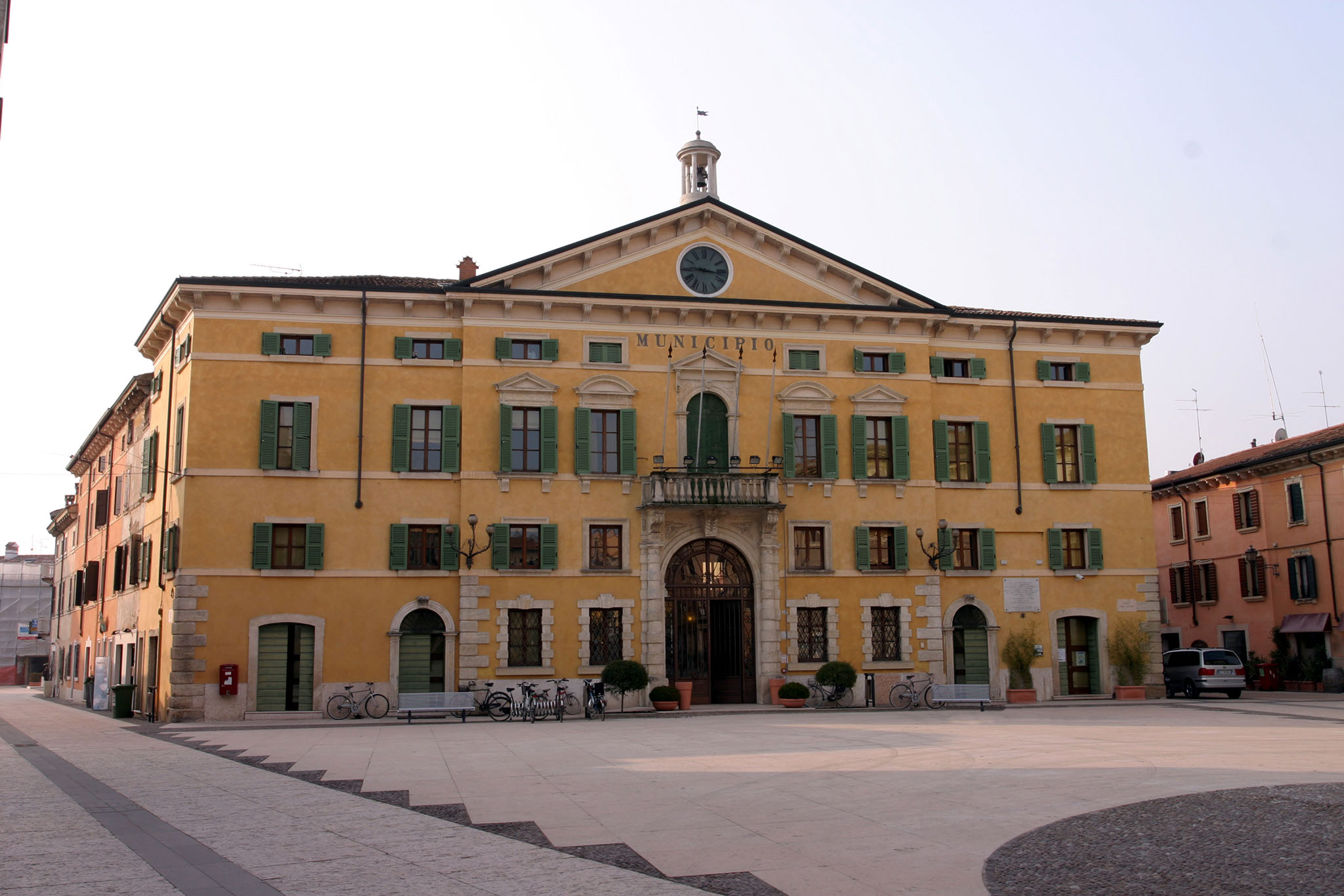
.jpg)
